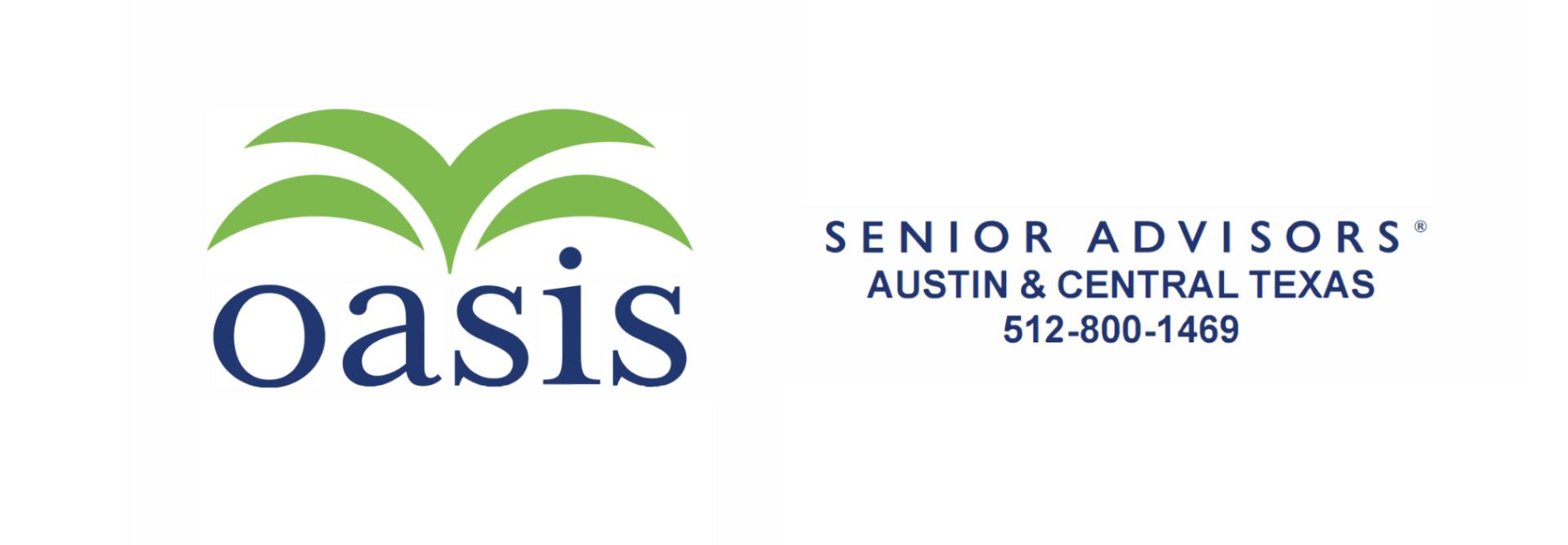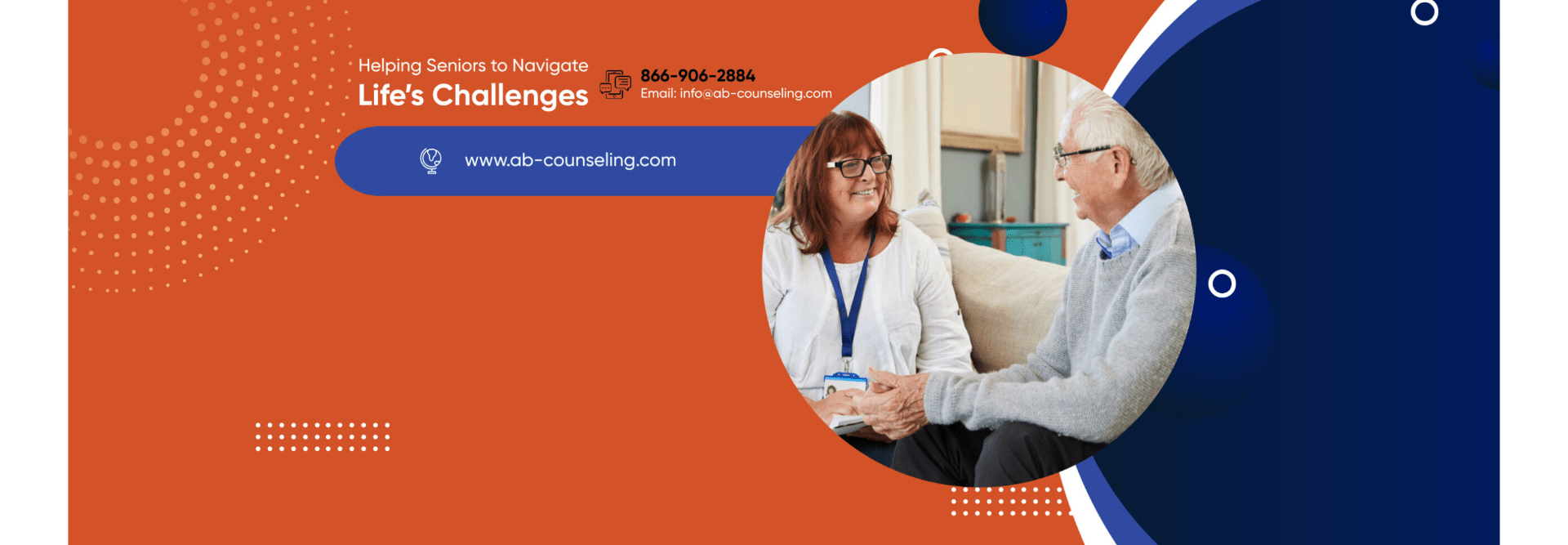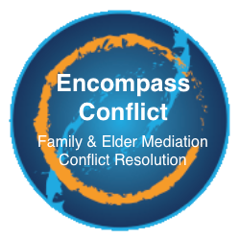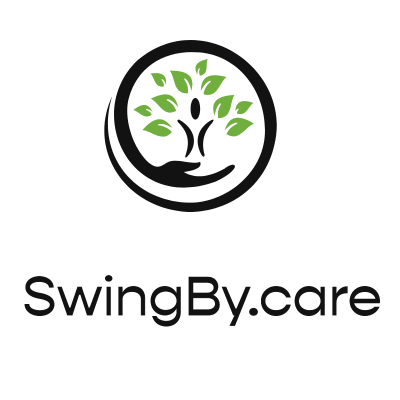Breast cancer has likely either affected you or someone close to you. It is so prevalent that 1 out of every 8 women in the United States will be diagnosed with it at one point in their life. Because of this, we wanted to touch on it today in this blog post with a quick overview. October is Breast Cancer Awareness Month, so we thought it would be a great time to discuss the subject. This is a time when awareness, education, and prevention of breast cancer can be addressed and highlighted.
As we age, the risk of developing breast cancer increases, making it crucial for older adults to stay informed and proactive about their health. Today, we will explore the significance of breast cancer awareness, key facts, risk factors, preventive measures, support, and other available resources.
Breast Cancer Overview:
Breast cancer is a type of cancer that is developed in the cells of the breast. When the cells in the breast start to grow abnormally, a tumor will form that may feel like a lump. It will be diagnosed through imaging, like a mammogram, and then treatment will be recommended after a biopsy. If the tumor is malignant or cancerous, it may invade the tissues in the local area or metastasize to more remote parts of the body. It mainly affects females; though the disease may affect men as well, it’s very uncommon for this to happen. For any form of cancer, early detection and treatment are all that matter; hence, awareness and education serve as important ammunition in the fight against the disease.
There is a long array of types of cancers that affect the breasts; the most common ones, though, are listed below:
1. Ductal Carcinoma In Situ (DCIS): a non-invasive cancer where the lining of the milk ducts of the breast contains some abnormal cells that have not sifted out of the ducts.
2. Invasive Ductal Carcinoma (IDC): the most common type of breast cancer in which, due to the breaking out by cancerous cells from the ducts, invasion into surrounding tissues has been developed.
3. Invasive Lobular Carcinoma (ILC): It originates in the lobule glands that produce milk and then spreads to the surrounding tissues.
4. Triple-negative breast Cancer: This is the severest form of cancer as it lacks the receptors of estrogen, progesterone, and human epidermal growth factor receptor two and is, therefore, hard to treat.
Key Facts About Breast Cancer:
• Risk Increases with Age: According to the American Cancer Society, about 80% of cases are diagnosed in women over 50.
• Survival Rates: A diagnosis of localized breast cancer has an almost 99% five-year survival rate, showing just how important finding the presence of breast cancer early can be with the help of routine screenings.
Risk Factors for Breast Cancer:
1. Age: The risk increases with age, particularly after 55 years of age.
2. Family History: A history of breast cancer among close relatives may raise your chances.
3. Genetics: Genetic changes sometimes increase the chances. Such mutations include BRCA1 and BRCA2.
4. Personal History: A person having had breast cancer has a greater chance of another form of cancer.
5. Hormonal Factors: The hormonal change at menopause and long-term use of hormone replacement therapy add to the risk.
6. Lifestyle Factors: Obesity, sedentary lifestyle, and excessive alcohol consumption can increase the risk.
Warning Signs of Breast Cancer:
– A new lump or thickening in the breast or underarm
– Changes in the size, shape, or appearance of the breast
– Nipple discharge (other than breast milk), especially if it’s bloody
– Pain in the breast or nipple area Inverted or retracted nipple
– Redness, scaliness, or thickening of the nipple or breast skin.
Treatment Options:
Options for treatment depend upon the type and extent of the cancer and may range from surgery and radiation therapy to chemotherapy. Options include:
Surgical Removal:
- Lumpectomy: The tumor and some tissue surrounding the tumor are removed.
- Mastectomy: The whole breast is removed.
- Sentinel lymph node biopsy or axillary lymph node dissection
Chemotherapy:
- Drugs taken by mouth or IV that target and destroy cancer cells
Radiation Therapy:
- External beam radiation
- Brachytherapy-internal radiation
Clinical Trials:
- Taking part in trials dealing with new or experimental forms of treatment Early Detection
Immunotherapy:
- Assisting the immune system by strengthening it to combat cancer cells
Hormone Therapy:
- For hormone-positive breast cancers, for example, Tamoxifen, Aromatase inhibitors
Breast Cancer Prevention Methods:
Although some of these risk factors are not within the realm of personal control, women can take certain positive steps to decrease their chances of having breast cancer. With regular check-ups and screening-including, but not limited to, a mammogram, early detection rates could be significantly improved.
1. Regular Screenings
The mammogram is one device available for the early detection of breast cancer. According to the American Cancer Society, a mammogram should be started annually at age 40.
• Note for Men: The risk needs to be discussed with a doctor by men, too, in case family histories or other factors are predisposing them.
2. Breast Self-Exams
While self-examinations by no means replace professional screening, one’s familiarity with the breasts may provide an early warning in the event of some kind of abnormal change. Self-examinations are optimally performed every month, and if one detects an abnormality that may be lumpiness, change in size and shape, or abnormal discharge- consult your doctor.
3. Healthy Lifestyle Choices
Healthy life choices can reduce the possibility of developing a disease. The following shall be considered:
• Nutrition: Emphasize a diet plentiful in fruits, vegetables, whole grains, and lean proteins. Use added sugars and processed foods minimally; emphasize low saturated fats.
• Physical Activity: Engage in at least 150 minutes of moderate-intensity physical activity throughout the week. The activities could include brisk walking, swimming, or even regular gardening to enhance the overall health of the individual.
• Limit Alcohol: Consume no more than one alcoholic drink daily if engaging in alcohol consumption at all.
5. Discussion of Hormone Therapy
If you choose to have hormone replacement therapy due to symptoms of menopause, you should first discuss the risks and benefits with your health professional. Sometimes, another type of treatment can be used that involves less risk.
Support Resources:
Awareness, education, and support are crucial when it comes to breast cancer. The following are support resources for breast cancer:
1. Local Support Groups
Many communities have support groups for people facing cancer. Support groups offer a safe place for participants to express their experiences, feelings, and ways of coping. Sometimes, one may find a range of options by calling local hospitals, cancer centers, or senior citizen centers.
2. Educational Workshops
A great number of healthcare organizations and senior centers offer educational workshops on breast health, nutrition, and exercise, specifically targeting seniors. By attending such workshops, the seniors are better equipped to make decisions concerning their health.
4. Counseling Services
Cancer can be expected to affect one emotionally. Through therapy, much emotional support can be attained to deal with the emotional ramifications of cancer.
5. Online Resources
Fortunately, there are a lot of popular websites for the prevention and support of breast cancer that are very helpful and can be accessed on the internet. Some of these educational websites are the American Cancer Society, Susan G. Komen Foundation, and the National Breast Cancer Foundation.
It is time for awareness in educating women regarding their health and the precautionary measures a woman can take to avoid cancer. The risk of developing breast cancer among older adults can be lessened if they are aware of their risk factors, get regular screenings, and lead a healthy lifestyle.
Let us join hands this October in support of those affected by this menace and further create awareness in our communities about the same. If you or someone close to your heart has any questions or concerns about breast health, never feel shy to consult a healthcare professional. Knowledge is power, and each little bit of information can make a difference in the fight against breast cancer.
Invite your friends and family to join in and discuss breast health and support each other through this journey in awareness and prevention.
Written for Senior Industry Services by Lauren Hope Bartling









